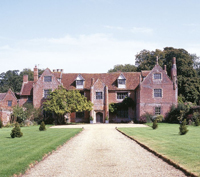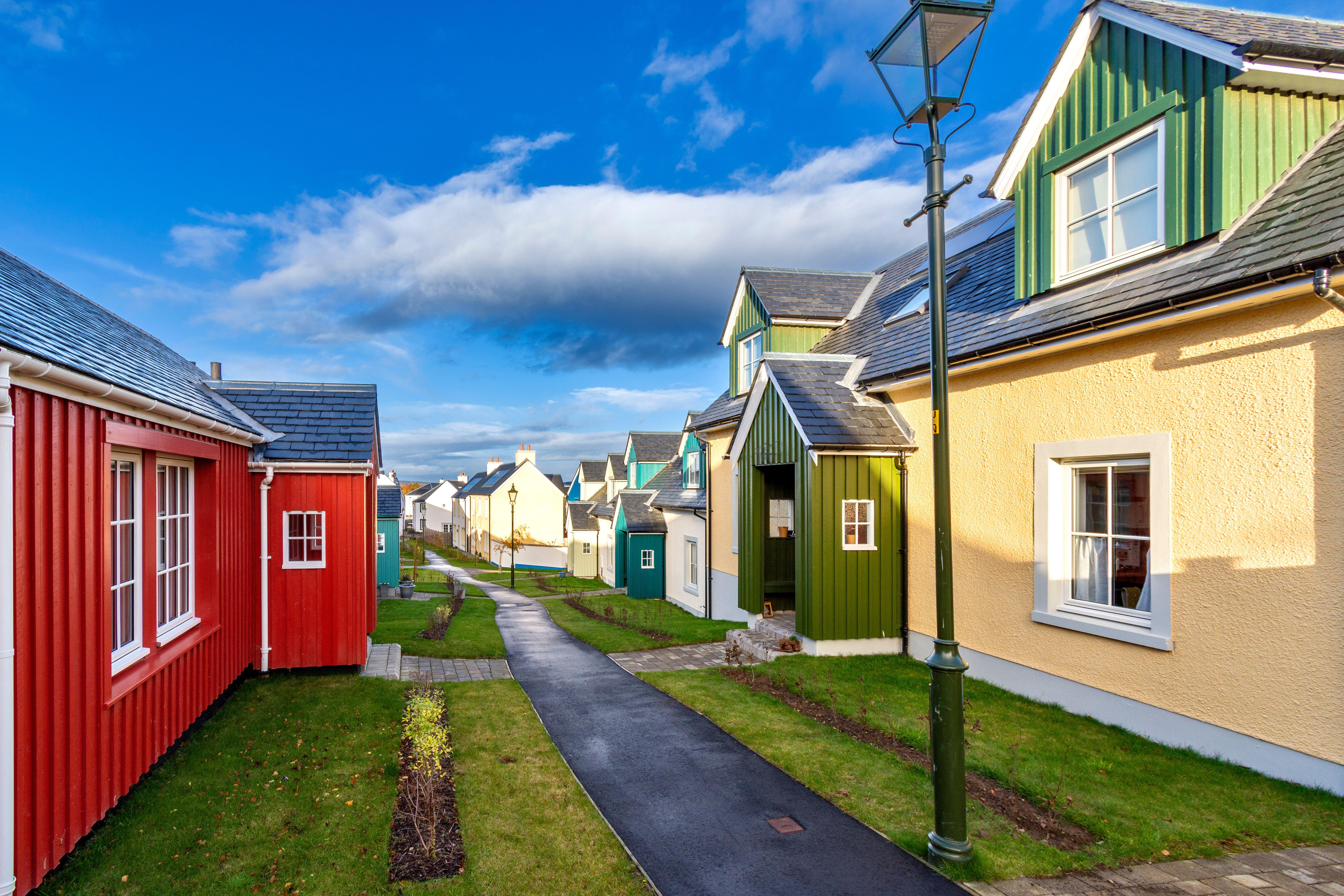Breckland's House of Secrets
Penny Churchill examines a property with famous visitors and decidedly mixed fortunes.


One of Norfolk's most intriguing Tudor houses, Grade I-listed Breccles Hall at Breckles, on the edge of Thetford Forest, is for sale for only the eighth time since 1276, when John de Breccles was lord of the manor. Following an extensive three-and-a-half-year restoration programme, the rambling, 16,114sq ft house of many parts, set in 102 acres of historic gardens and farmland, has been launched on the market by Knight Frank (020?7629 8171) with a price tag of £3.25 million. John Woodhouse, whose grand-father bought the estate in 1469, built the original Breccles Hall, with its striking roofline of crow-stepped gables and tall chimneys, in the mid-1500s. In 1585, his son, Francis, added the east wing with its seven smaller gables and warren of upstairs rooms, where Francis and his wife, Elizabeth, both Papists, hid hunted priests and fellow recusants during the religious persecutions of the late 1500s. But Government spies soon unmasked their 'secret doings', and a series of heavy fines eventually forced them to sell Breccles Hall to Sir Richard Gardiner, Elizabeth I's Chief Justice in Ireland, in 1599. After Sir Richard's death, the estate passed down the Gardiner female line, before being bought by Wormley Hethersett, a local dignitary, in 1777. He made substantial alterations to the hall, but, like Sir Richard, had no heir, and Breccles passed by marriage to the feckless Philip Taylor, a surgeon from Norwich, who let house and estate go to rack and ruin. In 1808, Taylor's only son, who 'had taken to evil habits', blew his brains out in an upstairs room, and Breccles was sold again, this time to the Kerrison family from Bungay, Suffolk, who took even less care of the hall's fabric than their predecessors. The estate's fortunes took a turn for the better when the Hon Charles Bateman-Hanbury inherited Breccles in the early 1900s, and com-missioned the Arts-and-Crafts architect Detmar Blow to carry out an ambitious programme of renovations. The illustrious Edwin Lutyens made further alterations in about 1908, adding the service wing and ancillary buildings at the northern end of the house. The finished project was warmly applauded by Country Life (November 13 and 20, 1909), but was all too much for Bateman-Hanbury, who had Breccles Hall back on the market in less than a year. In 1917, the Liberal politician Edwin Montagu, Asquith's Minister for Mun-itions and later Secretary of State for India, having married society hostess Venetia Stanley the year before, bought Breccles Hall, and recalled Lutyens to further update the house and create new garden areas within the 16th-century walls. The Montagus entertained lavishly, and the Rothschilds, the Winston Churchills, the Duff Coopers and various royals were regular visitors. From 1952 until his death in 2003, Breccles Hall was the home of Maj Ronald Archdale, who left the house, still caught in its 1960s time warp, to his widow and children. Since then, the present owners, who bought Breccles Hall with 50 acres later that year, have employed an army of craftsmen to carry out a truly remarkable transformation, bringing light and life to its many splen-did rooms, without in any way compromising its architectural integrity. The purchase of an additional 51 acres of land has further enhanced the manor's value. The restored 65ft great hall is still the heart of the house, but each of the main rooms?notably the drawing room, the morning room, the library, the sitting room, the master and guest bedroom suites, even the delightful family kitchen?has its own particular charm. In its latest incarnation, Breccles Hall has six reception rooms, eight bedrooms and five bathrooms, plus various offices and a four-bedroom staff flat. The simplicity of the interior is repeated in the under-stated elegance of the gardens, and in the surrounding woods, where a mass of snowdrops line the moat?the source, some experts say, of the building bricks that were used in the original construction.
Sign up for the Country Life Newsletter
Exquisite houses, the beauty of Nature, and how to get the most from your life, straight to your inbox.
Country Life is unlike any other magazine: the only glossy weekly on the newsstand and the only magazine that has been guest-edited by HRH The King not once, but twice. It is a celebration of modern rural life and all its diverse joys and pleasures — that was first published in Queen Victoria's Diamond Jubilee year. Our eclectic mixture of witty and informative content — from the most up-to-date property news and commentary and a coveted glimpse inside some of the UK's best houses and gardens, to gardening, the arts and interior design, written by experts in their field — still cannot be found in print or online, anywhere else.
-
 What should 1.5 million new homes look like?
What should 1.5 million new homes look like?The King's recent visit to Nansledan with the Prime Minister gives us a clue as to Labour's plans, but what are the benefits of traditional architecture? And can they solve a housing crisis?
By Lucy Denton Published
-
 Having a ruff day: Kennel Club exhibition highlights the plight of vulnerable spaniel breeds
Having a ruff day: Kennel Club exhibition highlights the plight of vulnerable spaniel breedsPhotographer Melody Fisher has been travelling the UK taking photographs of ‘vulnerable’ spaniel breeds.
By Annunciata Elwes Published
